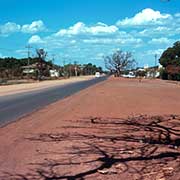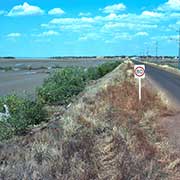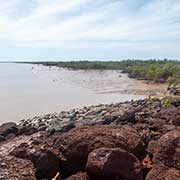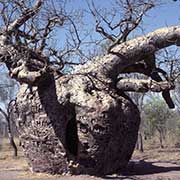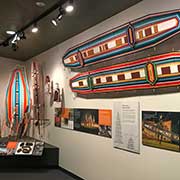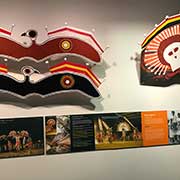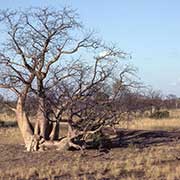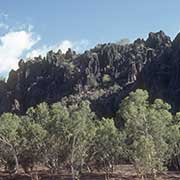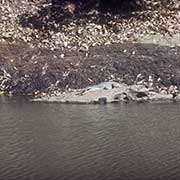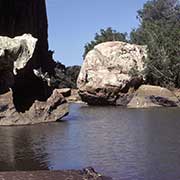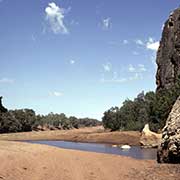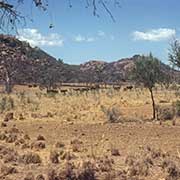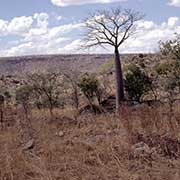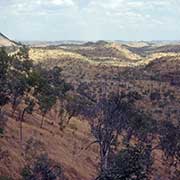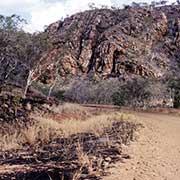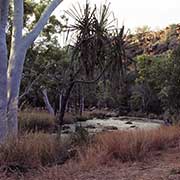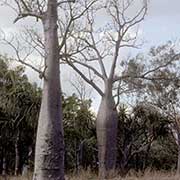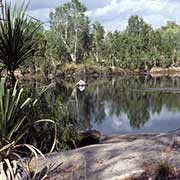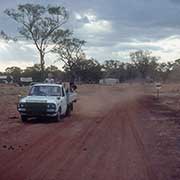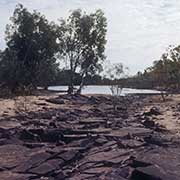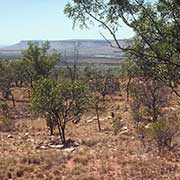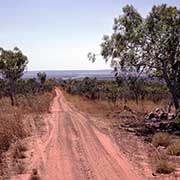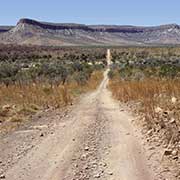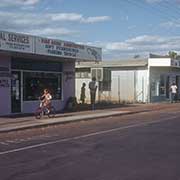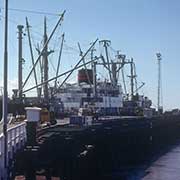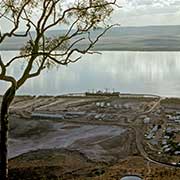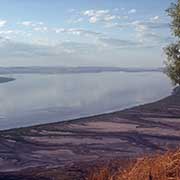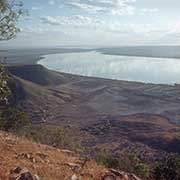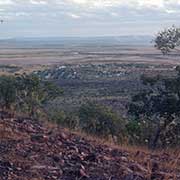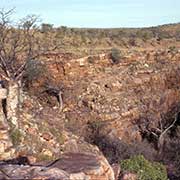Photos of the Kimberley region of Western Australia, Australia
The Kimberley region of Western Australia
The north of Western Australia is remote, wild, wonderful, and one of the most isolated in Australia. The Kimberley region, in particular, is one of rivers, gorges, many caves with Aboriginal paintings and a largely inaccessible coast. Both Abel Tasman and William Dampier sailed past this coast in the 17th Century, and both thought this continent had little to offer! The Kimberley is an absolute adventure country. It is possible to sample part of it following the Gibb River Road. These about 670 kilometres were initially carved in this remote landscape to transport stock to the ports of Wyndham and Derby from the cattle stations established in this region after an overland trek by the intrepid Durack Brothers in the 1880s. Most of this road is still unsealed and only suitable for Four-wheel drive.
you may then send it as a postcard if you wish.
The gateway to this region in the west is Derby, established in 1885 to serve as a port to serve the newly established cattle stations, although its extensive tidal range and treacherous rips made it far from ideal. It ceased to be a cattle port in 1968 when it became too difficult; the port saw its last commercial vessel in 1983. It is now a town of around 3,300 people. Located on King Sound, Derby has the highest tides in Australia, with the peak differential between low and high tides reaching almost 12 metres. There are the typical boab or bottle trees, close relatives of the baobab trees of Africa and Madagascar; baobab fruit may have floated to the Western Australian coast from Madagascar 75 million years ago. One of those, a squat, hollow boab tree near Derby, was used as a place where Aboriginal captives, most of them charged with killing cattle from the pastoralists, were held in chains towards the end of the 19th Century.
Mowanjum is an Aboriginal Community, 9 kilometres southeast of Derby, with a fantastic Art and Culture Centre, where examples of the rich culture of the Worrorra, Ngarinyin and Wunumbal tribes, who make up the Mowanjum community are displayed. From here, the Gibb River Road brings many rewards, like Bandilngan or Windjana Gorge; this was the scene of the gun battle in which Jandamarra, a Bunuba leader who was known to the whites as “Pigeon”, released a group of Aboriginal prisoners and shot a trooper while employed as a tracker. He became a leader of his people in the struggle against the white invading pastoralists in which the Aborigines engaged in guerilla warfare in this rugged limestone country until an Aboriginal police tracker shot him.
Nowadays, it is peaceful, of course; the Wunaamin (formerly Leopold Ranges) Conservation Park has lovely scenery, clear waterholes and expansive vistas; there are galleries near Mount Barnett and Manning Gorge with rock paintings from the Aboriginal people who lived here for millennia. At the eastern end of the Gibb River Road is the turnoff to Wyndham, established in the late 1880s when about 5000 men landed here to work the gold fields near Halls Creek; this didn’t last long, however; in 1919, meat works were opened here which gave the town a bit of a boost. Today, its port exports live cattle to the Asian market. Further on, towards Kununurra is “The Grotto”, a natural depression with lush vegetation around its permanent waterhole.



